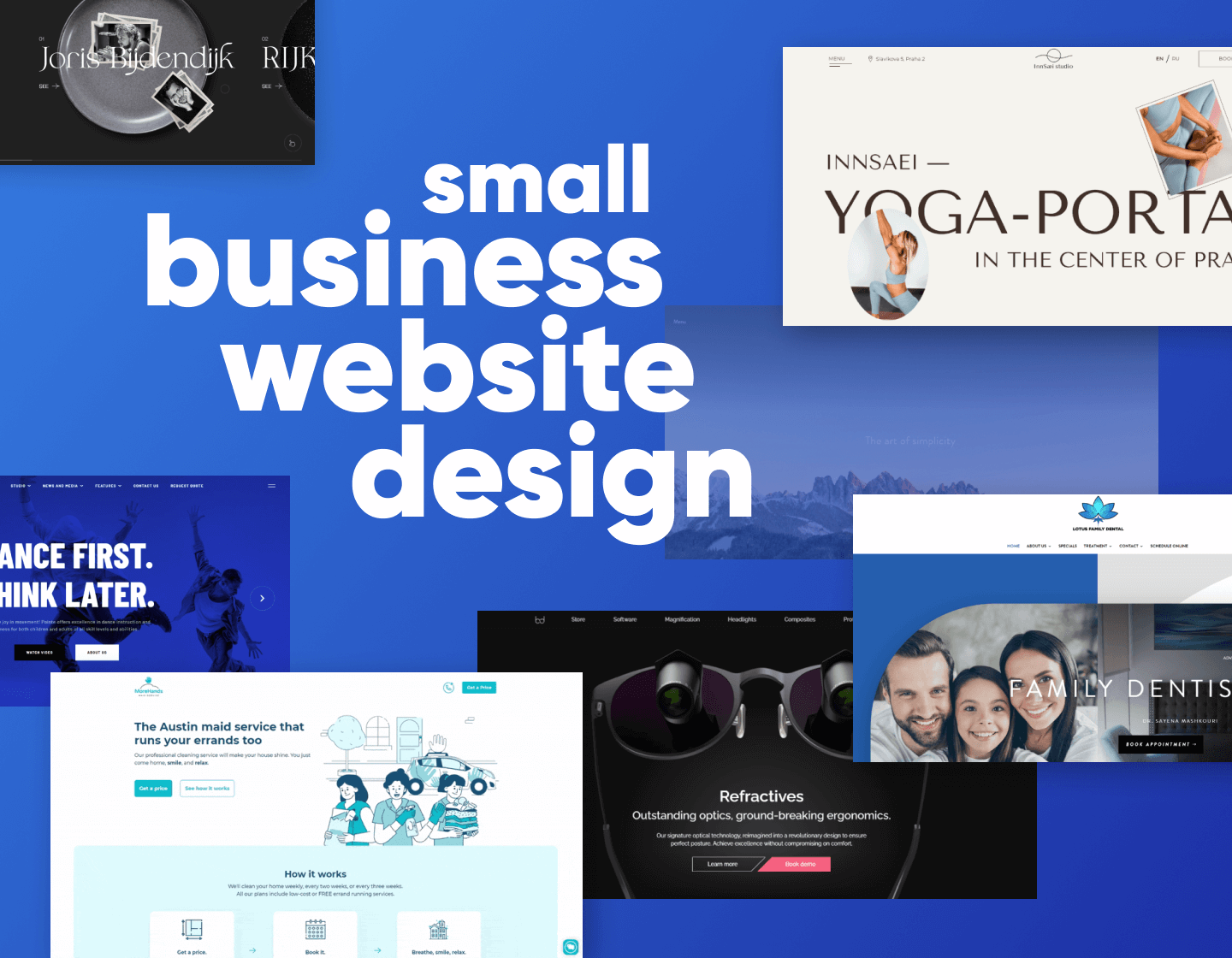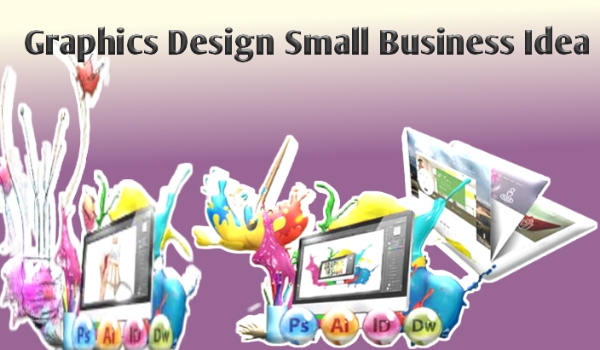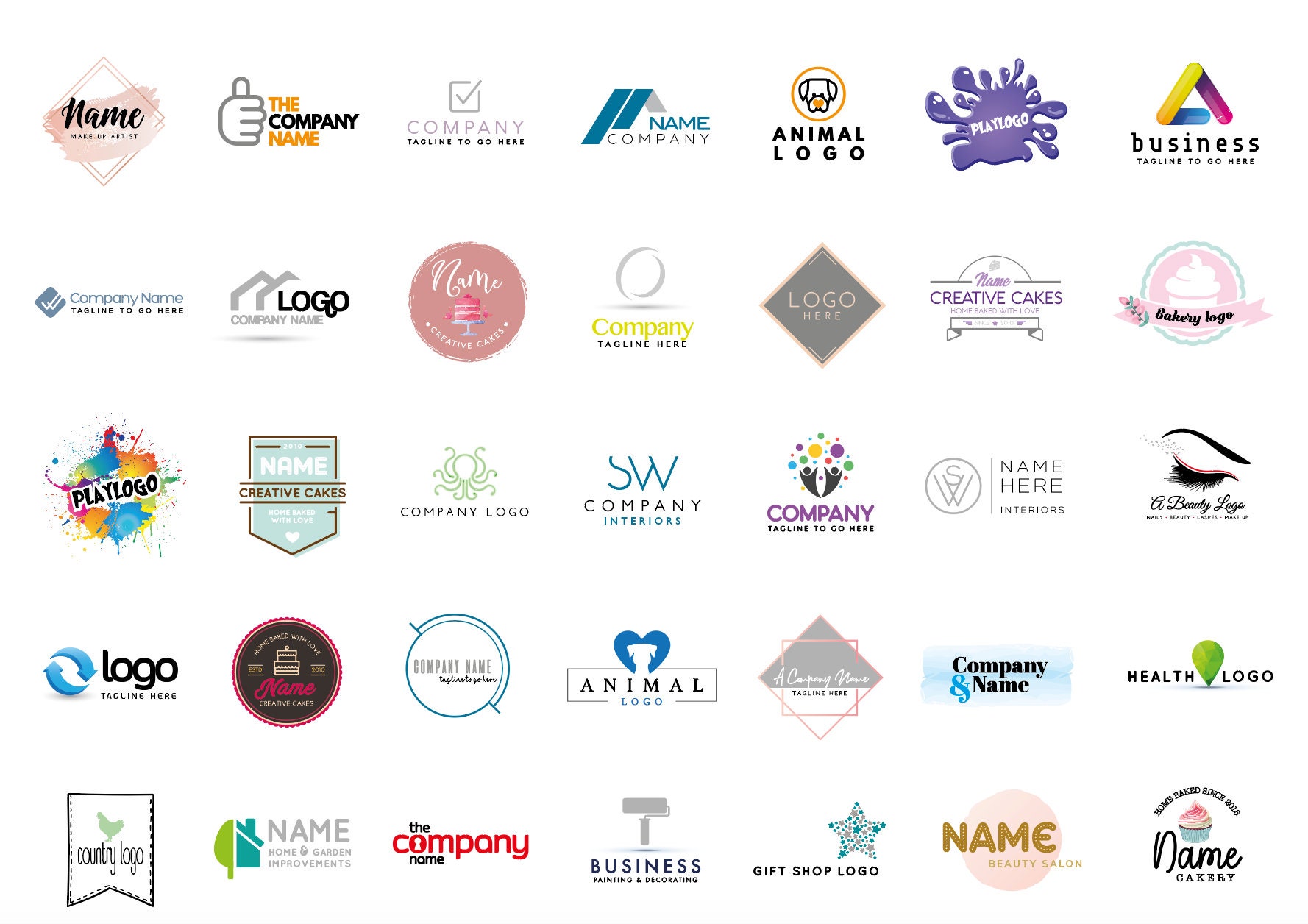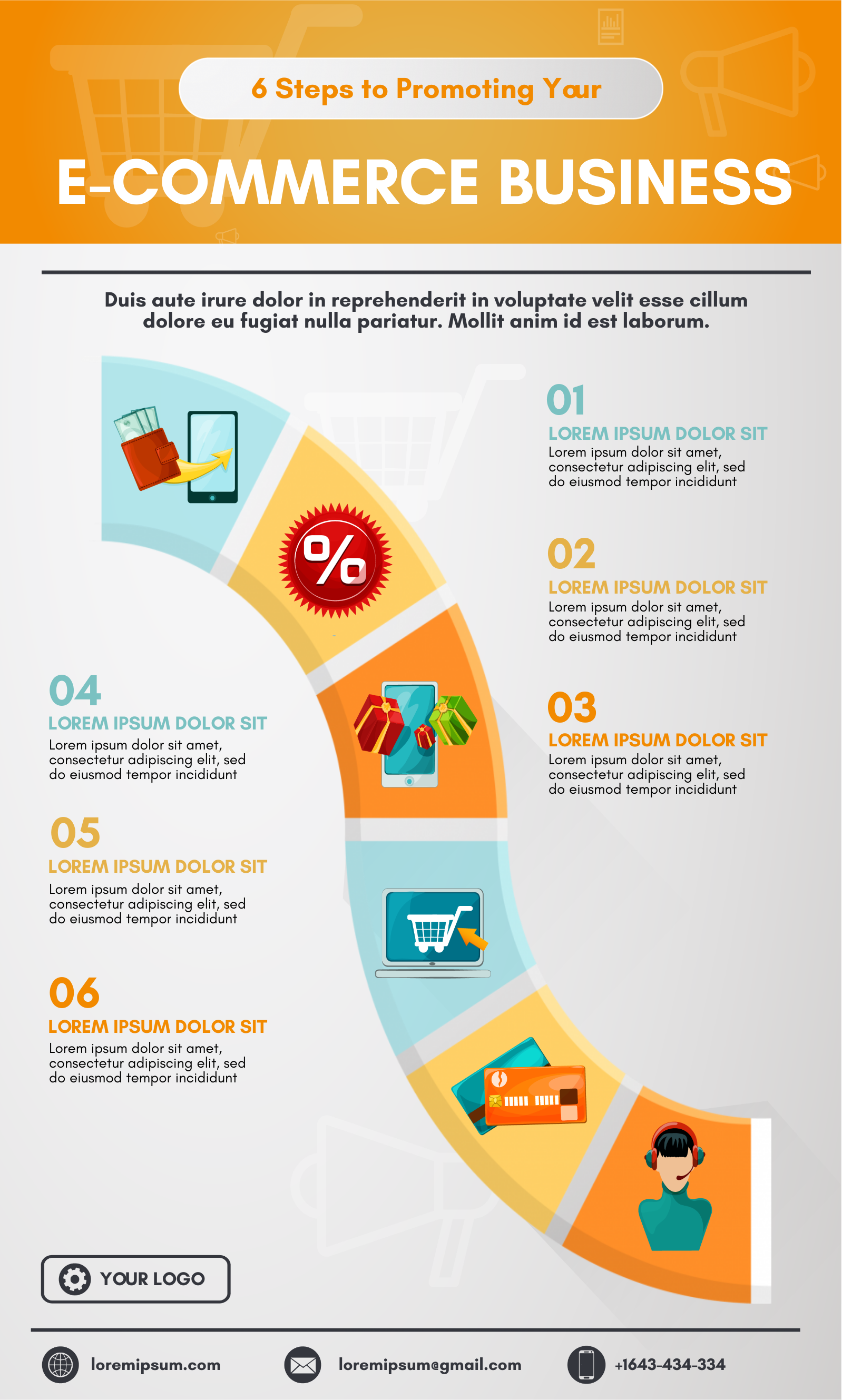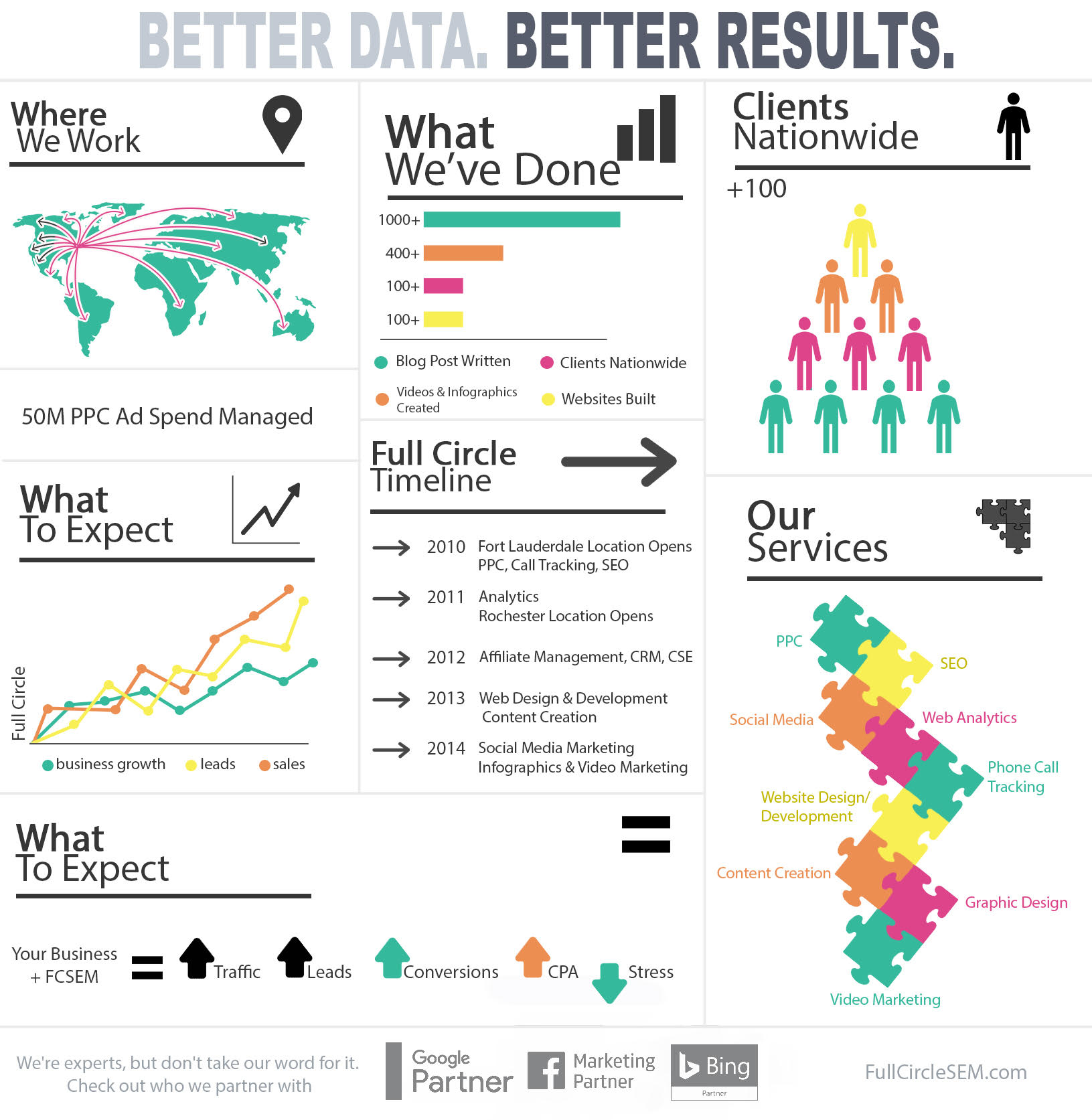Graphic Design Small Business Ideas

The digital landscape has fueled a surge in demand for visually appealing content, creating fertile ground for aspiring entrepreneurs with a knack for design. For those with an artistic eye and proficiency in design software, launching a graphic design small business presents a promising avenue for financial independence and creative fulfillment. But with a plethora of options available, identifying the most viable and profitable business models can be daunting.
This article explores several graphic design small business ideas, examining their potential, required skill sets, and avenues for success. We aim to provide aspiring designers with the information needed to navigate the market and establish a thriving business. It's a look into the current trends shaping the freelance design world and how individuals can capitalize on them.
Niche Down for Success
The broad field of graphic design encompasses numerous specialties. Focusing on a specific niche allows designers to hone their skills and attract a targeted clientele, resulting in higher pay and consistent work.
Branding Design
Businesses of all sizes require strong branding to stand out in competitive markets. Branding designers are responsible for creating logos, color palettes, typography, and overall brand guidelines. This area is constantly in demand, especially for new businesses launching and established companies rebranding.
Web Design
A visually appealing and user-friendly website is crucial for any business in today's digital age. Web designers blend graphic design principles with web development knowledge to create engaging online experiences. Knowledge of user interface (UI) and user experience (UX) principles are crucial.
Social Media Graphics
Social media has become an integral part of marketing for businesses. Social media graphic designers create visually engaging content optimized for various platforms like Instagram, Facebook, and LinkedIn. This involves creating eye-catching images, videos, and animations that drive engagement and brand awareness.
Print Design
Despite the digital age, print design remains relevant for many businesses. Print designers work on brochures, posters, flyers, business cards, and packaging. Expertise in layout design, typography, and print production techniques is essential.
Beyond the Traditional: Exploring Unique Avenues
Thinking outside the box can lead to untapped opportunities in the graphic design market. Several innovative business ideas are gaining traction, offering unique value to specific clients.
Presentation Design
Professionals across industries rely on presentations to communicate ideas and persuade audiences. Presentation designers create visually compelling slides that enhance storytelling and improve audience engagement. This area requires strong communication and visual hierarchy skills.
Infographic Design
Infographics transform complex data into easily digestible visuals. Infographic designers possess strong research and data visualization skills to create informative and engaging content. Demand is high, as businesses seek to communicate statistics and information clearly.
E-book Cover Design
With the rise of self-publishing, there's a growing demand for professional e-book cover designs. E-book cover designers create visually appealing covers that grab attention and accurately reflect the book's content. This requires an understanding of genre conventions and target audience.
Marketing and Business Development
Regardless of the chosen niche, effective marketing is crucial for attracting clients. Building a strong online presence through a professional website and social media profiles is essential.
Networking with other professionals, attending industry events, and offering free consultations can also help build relationships and generate leads. Platforms like LinkedIn, Behance, and Dribbble are crucial for showcasing portfolios and attracting potential clients.
The Human Element: Building Relationships
One graphic designer, Sarah Miller, shares her journey: "Starting my social media design business was daunting, but focusing on building relationships with my clients changed everything. Understanding their needs and goals helped me create designs that truly resonated, and that's what led to referrals and long-term partnerships."
This emphasizes the importance of excellent communication skills and a client-centric approach. Listening to client needs and delivering exceptional customer service can lead to repeat business and positive word-of-mouth referrals.
Conclusion
The graphic design industry offers numerous opportunities for entrepreneurs to launch successful small businesses. By focusing on a niche, developing a strong portfolio, and building relationships with clients, aspiring designers can carve out their own path to success. With the right skills and a strategic approach, a graphic design small business can be both creatively rewarding and financially lucrative.


